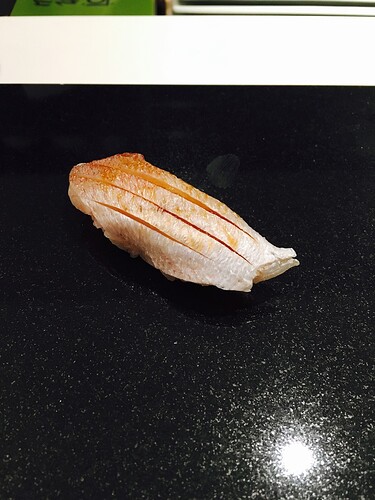When you write “oxidization”, are you referring to leaving fish exposed to air at any temperature, or at room temperature?
Oxidization can clearly help develop the flavor of fish. In particular, some Sushi restaurants are now aging refrigerated tuna for weeks, so a generalization that oxidization is bad is incorrect. It may not be what you like, but I’ve had one week aged tuna and it was neither smelly nor oxidized.
Leaving fish out, as you write, is different. Leaving fish out implies warming which is terrible for fish and dumb, which seems to be what you’re implying when you write “oxidization.” That’s not what most people refer to as “oxidization” - that’s called rotting.
Even oily fish like mackerel, in a refrigerator, will not cause it to go bad; it will cause it to dry out, but it will not immediately smell. If that were the case, then all cured smoked fish would smell because you need to develop a pellicle in many instances prior to smoking and that’s done by leaving exposed fish after curing in a refrigerator to dry out. And, no - curing does not create an impenetrable barrier to air. But, that’s not the case. If you eat smoked salmon or lox or any cured or smoked uncooked fish, you’re eating oxidized fish.
But “oxidization”, again, simply means exposure to oxygen. Oxidization in refrigerated or temperature controlled environments for certain periods of time is critical to the maturation of flavor in fish. Kobujime is one example. Kobujime is one method where fish is technically oxidized in a controlled temperature and environment.
In addition, as previously written, for Sushi, fish generally needs to be out of rigor mortis - unless they have gone through Ikejime. For larger fish, this can take days. Larger California Halibut can stay in rigor mortis for well over a week, larger California Yellowtail can stay in rigor mortis for a week. And, during this time, it is getting exposed to some air even if left on the bone, if gutted, so it is getting “oxidized” by definition. It is not going bad.
For what it’s worth, Sushi Yasuda did not close. Yasuda-San did go back to Japan, but the restaurant is still open.
